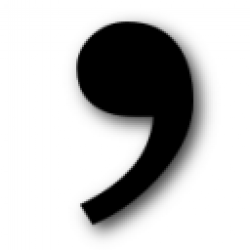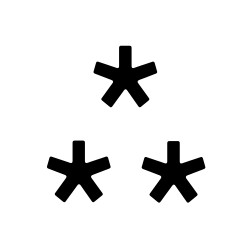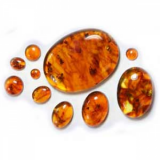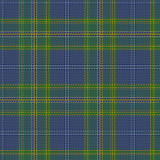What's the meaning of the Single Quotation Mark »
Single Quotation Mark
This page is about the meaning, origin and characteristic of the symbol, emblem, seal, sign, logo or flag: Single Quotation Mark.

The single quotation marks emerged around 1800 as a means of indicating a secondary level of quotation.
One could expect that the logic of using the corresponding single mark would be applied everywhere, but it was not. In some languages using the angular quotation marks, the usage of single ones (‹…›) became obsolete, being replaced by double curved ones (“…”); the single ones still survive, for instance, in Switzerland. In Eastern Europe, the curved quotation marks („…“) are used as a secondary level when the angular marks («…») are used as a primary level.
- 392 Views
Graphical characteristics:
Asymmetric, Closed shape, Monochrome, Contains curved lines, Has no crossing lines.
Category: Miscellaneous.
Single Quotation Mark is part of the Punctuation group.
More symbols in Punctuation:
Punctuation marks are symbols that indicate the structure and organization of written language, as well as intonation and pauses to be observed when reading aloud. In written English, punctuation is… read more »
More symbols in Miscellaneous:
Symbols without any special category attribution but that are widely used worldwide. read more »
Citation
Use the citation below to add this symbol to your bibliography:
Style:MLAChicagoAPA
"Single Quotation Mark." Symbols.com. STANDS4 LLC, 2025. Web. 22 Feb. 2025. <https://www.symbols.com/symbol/single-quotation-mark>.


















Have a discussion about Single Quotation Mark with the community:
Report Comment
We're doing our best to make sure our content is useful, accurate and safe.
If by any chance you spot an inappropriate comment while navigating through our website please use this form to let us know, and we'll take care of it shortly.
Attachment
You need to be logged in to favorite.
Log In